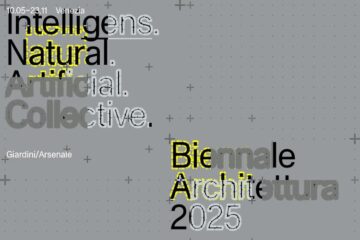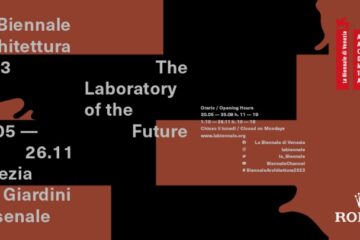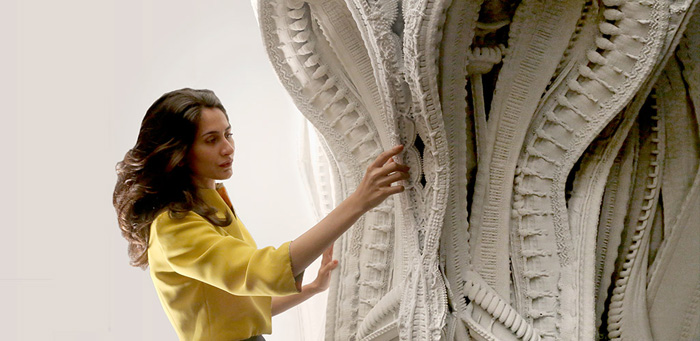
Michael Hansmeyer is an architect and programmer who explores the use of algorithms and computation to generate architectural form. Recent projects include the Sixth Order installation of columns at the Gwangju Design Biennale, the design and fabrication of full-scale 3D printed grotto for the 2013 Archilab exhibition, and the Platonic Solids Series.
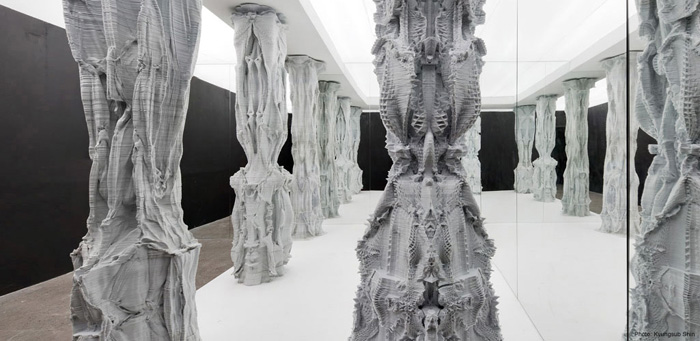
For Michael, complexity and specificity are no longer an impediment to design and fabrication in architecture. Rather, they are opportunities that are waiting to be explored. To truly exploit the possibilities, drawing by mouse in CAD programs is not enough, nor the use of simple parametric methods. What is needed is an abstract and open-ended method: a computational approach.
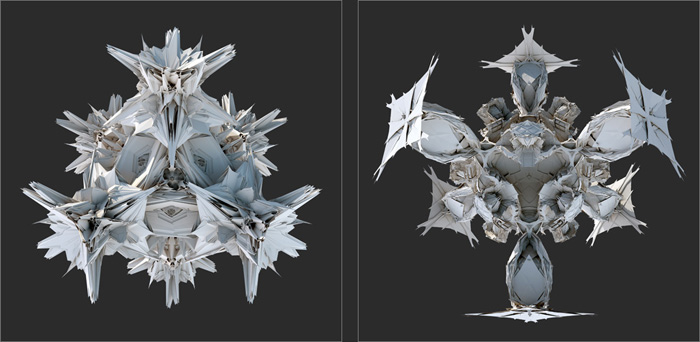
At best, a computational approach enables architecture to be embedded with an extraordinary degree of information. Structure and surface can exhibit a hyper-resolution, with seemingly endless distinct formations.
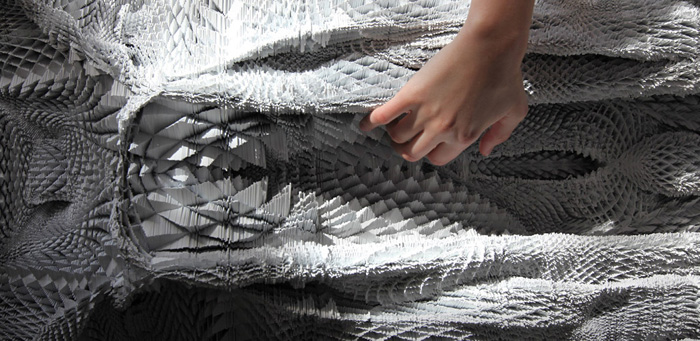
The processes can generate highly specific local conditions, while ensuring an overall coherency and continuity. As such, the resulting architecture does not lend itself to a visual reductionism. Rather, the procedures can devise truly surprising topographies and topologies, offering a thousand unique perspectives

Computational architecture can defy classification, it can evoke curiosity and elicit individual interpretations. The resulting projects forecast an exuberant architecture in which the exceptional supersedes the standard.
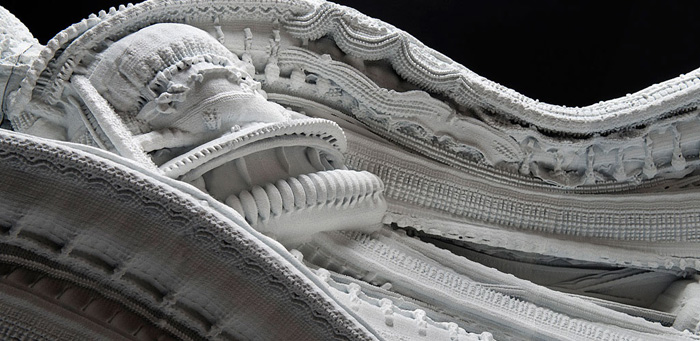
Images courtesy of Michael Hansmeyer
Discover: www.michael-hansmeyer.com
